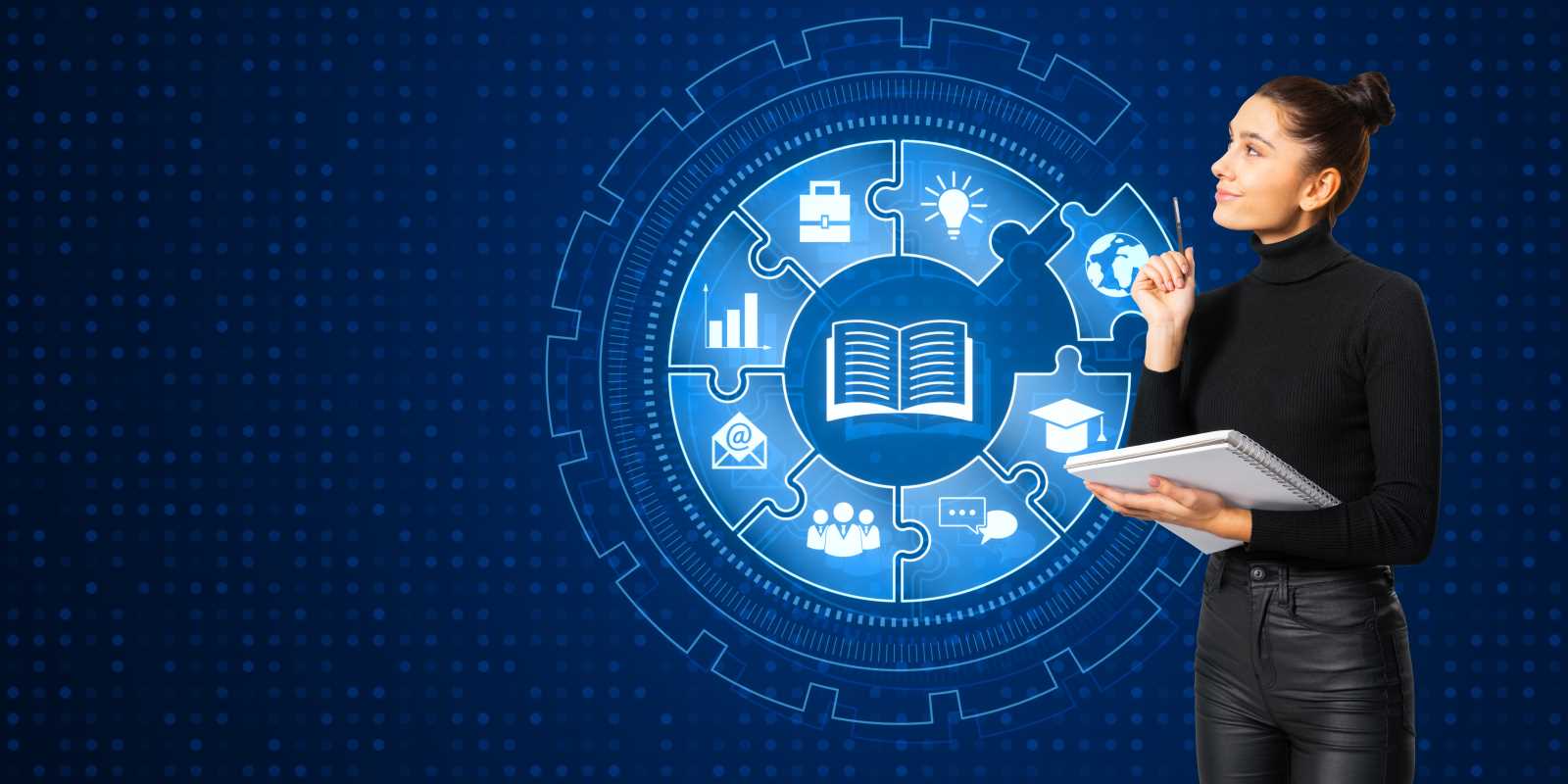Training employees effectively has always been a challenge for businesses. Traditional training methods often fail to keep employees engaged or motivated, leading to missed opportunities for growth and development. Gamification is an innovative approach reshaping employee training by integrating game-like elements into learning processes. It makes training more interactive, enjoyable, and results-driven. Just as games captivate players with rewards, challenges, and goals, gamified programs draw employees into their own growth journeys. We're going to go over what HR gamification means, how it works, and why it’s proving to be a game-changer in modern workplaces.
Understanding HR Gamification
HR gamification applies game mechanics such as points, leaderboards, and rewards to learning and development (L&D) programs. The goal is to turn routine training activities into engaging experiences that drive participation.
Imagine earning points for completing a cybersecurity awareness module or leveling up by acing quizzes on new company policies. Achievements like badges or certificates often provide extra motivation, boosting engagement and retention of training materials. Gamification entertains and helps employees master skills while enjoying the process.
How Gamification Works in Employee Training
Using game-based strategies creates a sense of competition, progress, and accomplishment. These elements make tasks feel less like work and more like a rewarding challenge. Some of the key components include the following.
1. Progress Trackers and Rewards
Progress bars show employees how far they’ve come in their training and what goals remain. Accomplishments like badges, certificates, or company-wide recognition mark milestones, giving learners something tangible to celebrate.
A customer service training module might award bronze, silver, and gold badges for progressively higher test scores. Employees naturally strive for gold because it adds a layer of excitement to the learning process.
2. Quizzes and Challenges
Gamified training often includes interactive quizzes or timed challenges. These activities encourage employees to demonstrate their knowledge and apply what they’ve learned. Leaderboards highlight top-performing participants, spurring friendly competition among teams or departments.
A retail company might gamify product knowledge training by hosting weekly quizzes where employees compete for the highest score. This reinforces learning and also drives team camaraderie.
3. Stories and Scenarios
Some gamification tools use role-playing scenarios to immerse employees in real-life challenges. These simulations provide hands-on practice in decision-making and problem-solving within a safe environment.
A sales team might practice negotiations using a game where they interact with virtual clients. Facing opposing arguments and objections in the simulation helps them refine their approach for real-world scenarios.
4. Immediate Feedback
Games typically reward or correct players in real-time, providing instant feedback. This mechanism helps reinforce correct behaviors quickly and offers guidance on areas that need improvement.
Benefits of Gamified Training
1. Boosts Engagement and Participation
People engage better when activities are fun and rewarding. Gamification taps into this principle by making training tasks inherently enjoyable. Employees are more likely to complete training programs when they’re breaking personal records or climbing leaderboards.
2. Improves Information Retention
Game elements like repetition, challenges, and interactive experiences enhance employee retention and application of training. By actively participating, learners are less likely to “zone out,” as they often do during traditional lectures or static e-learning modules.
3. Encourages Lifelong Learning
Many gamified training systems feature optional levels, encouraging employees to go beyond compulsory lessons. This deepens their subject knowledge and promotes a culture of self-improvement.
An IT firm using self-paced gamified modules saw employees voluntarily completing advanced certifications to “level up.” These motivated individuals gained expertise beyond their required job roles, enriching the company’s talent pool.
4. Supports Collaboration and Teamwork
Gamification encourages collaboration by encouraging teams to work toward common goals. Some platforms include shared challenges where group participation is important for success.
5. Tracks Progress and Identifies Gaps
Gamified platforms typically collect performance data, showing HR teams which areas employees excel in and where they struggle. These insights help tailor future training programs to meet specific needs.
If sales employees consistently underperform in a negotiation simulation, managers can introduce targeted workshops to address that skill gap.
How to Introduce Gamification into Employee Training
1. Choose the Right Gamification Tool
Dozens of gamification platforms are available, each catering to different industries and training goals. Research options like Kahoot!, Axonify, or Centrical to find one that suits your needs.
Look for tools that allow customization to reflect your company’s unique branding, culture, and objectives while offering scalability as your workforce grows.
2. Set Clear Objectives
Gamified training works best when tied to clear performance goals. Define what success looks like, such as higher completion rates, better test scores, or a reduction in workplace errors.
A healthcare provider gamifying patient safety training might aim for a specific improvement in compliance rates within 90 days. Clear benchmarks guide course development and ultimately measure its effectiveness.
3. Balance Fun with Function
The fun factor is a key part of gamification, but it shouldn’t outweigh the practical takeaways. Focus on aligning game mechanics with the skills you want employees to build.
A compliance training game might transform policy understanding into a scavenger hunt where employees locate answers within digital documents. The game component engages participants, and the activity prompts them to carefully review the material.
4. Encourage Participation Through Rewards
Recognition is a powerful motivator. Create compelling rewards for employees who actively participate in gamified training.
These rewards could range from certificates and swag to performance points redeemable for prizes like extra PTO. Tangible rewards turn abstract learning goals into real achievements that employees strive for.
5. Gather and Act on Feedback
Monitor employee reactions and performance metrics to gauge the success of gamification. Use feedback to refine programs over time, making sure the learning experience consistently aligns with evolving needs. If employees show low engagement with certain game elements, consider introducing fresh challenges or adjusting difficulty levels to renew their interest.
 (Image via
(Image via





